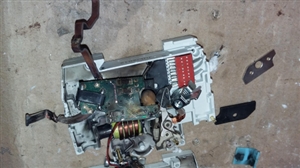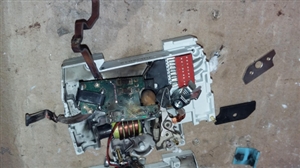I know this will have been discussed in the past but we are on Amd 1 of the 18th now so I thought I would renew it.
The Best practice guides list mixed manufacturer breakers in a consumer unit or distribution board as a C3.
As far as I am aware Bs7671 does not have a Reg on it beyond manufacturers instructions and given EICR's are based on this standard perhaps it is justified on that basis.
Most on here will be familiar with the 16kA 'rule' in BSEN61439 Annex ZB or its predecessor BSEN60439 Annex ZA
I avoid C3's like the plague because they give all the wrong signals to a client and clearly by definition are for things which are a breach of the regs, I'm not too keen on the insurance risk of a C3 either.
My question here would be what fault rating can one apply to an enclosure where there are mixed breakers given a manufacturer will only have certified their equipment with their devices?
Enjoy!
Martyn



